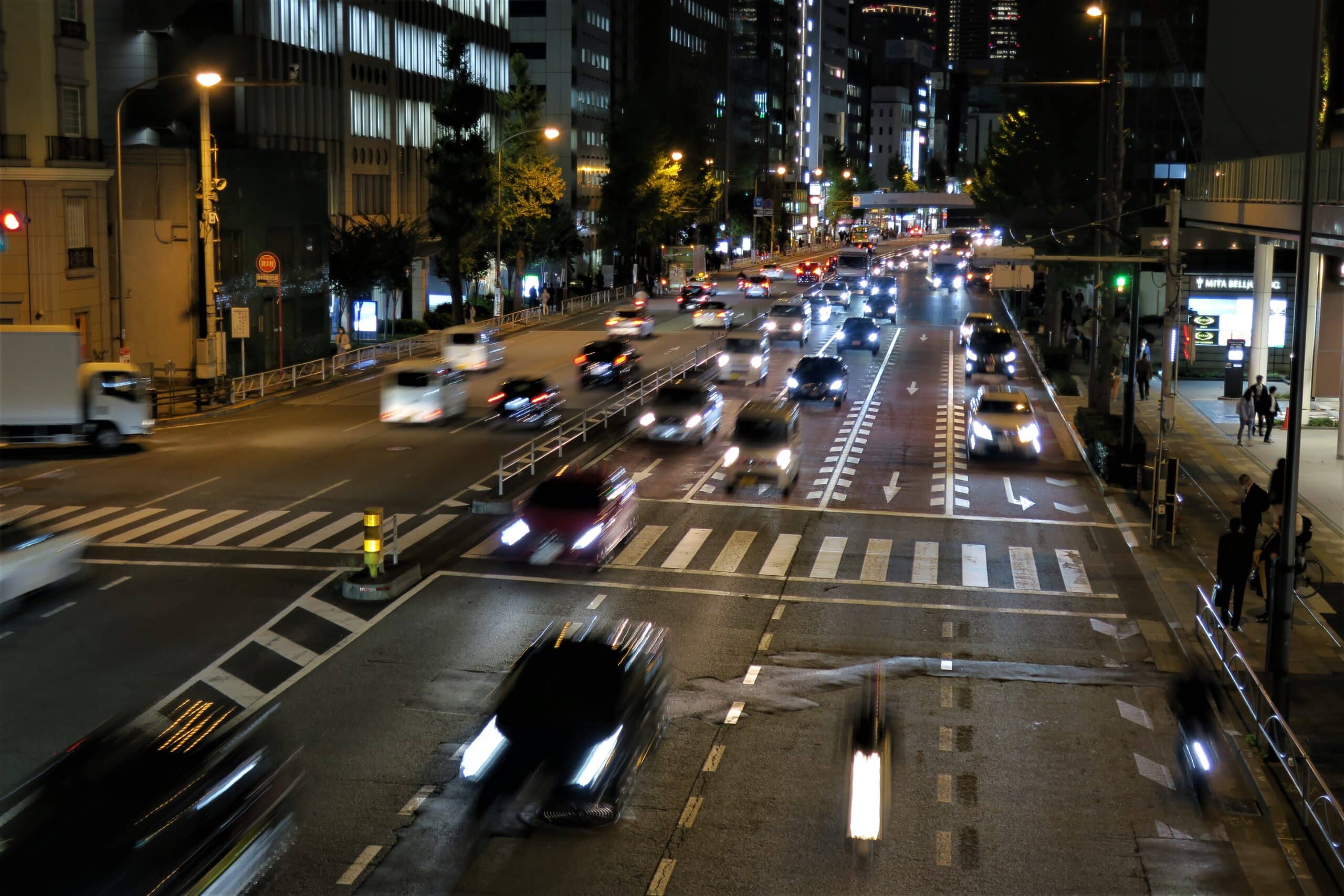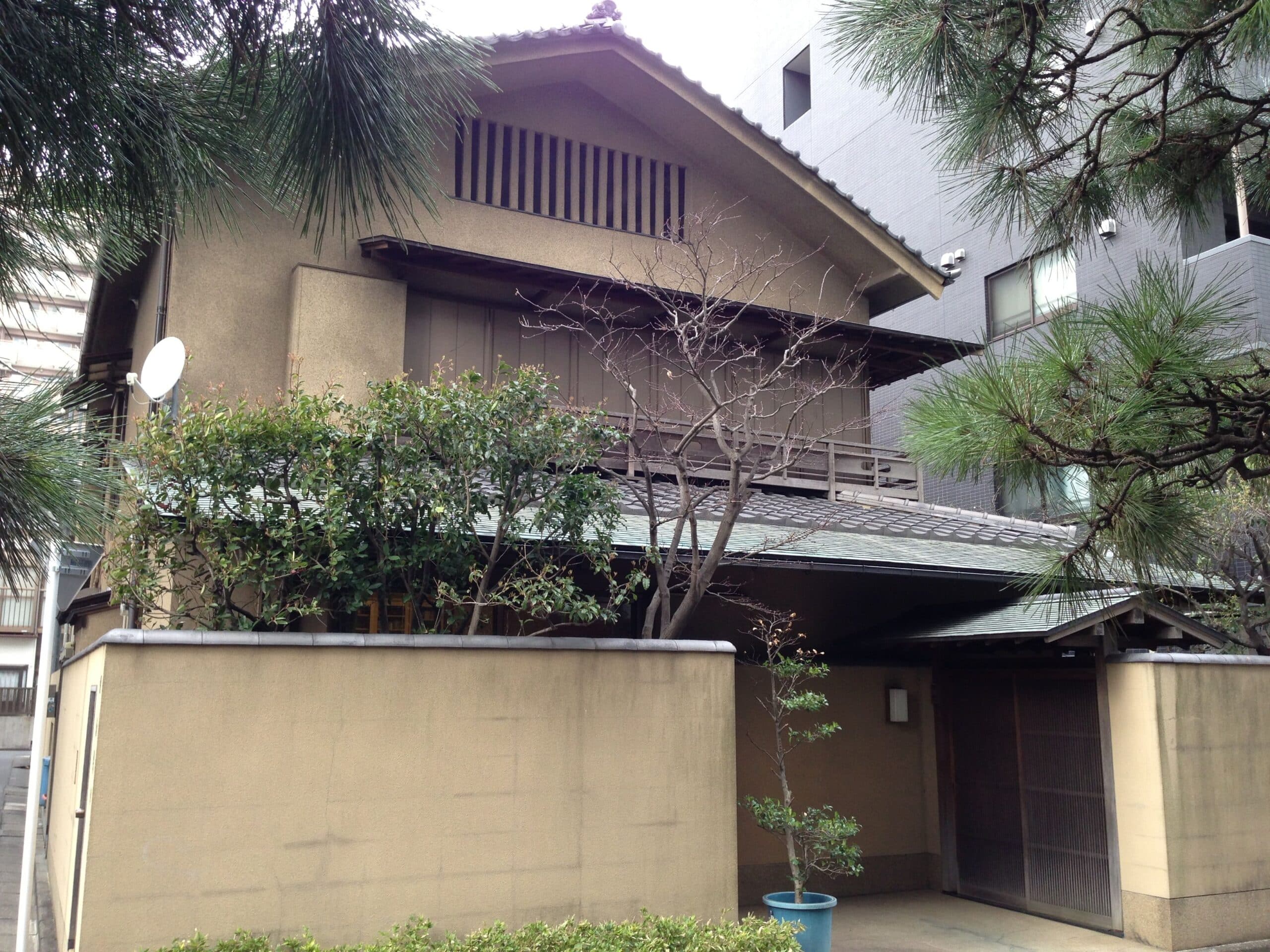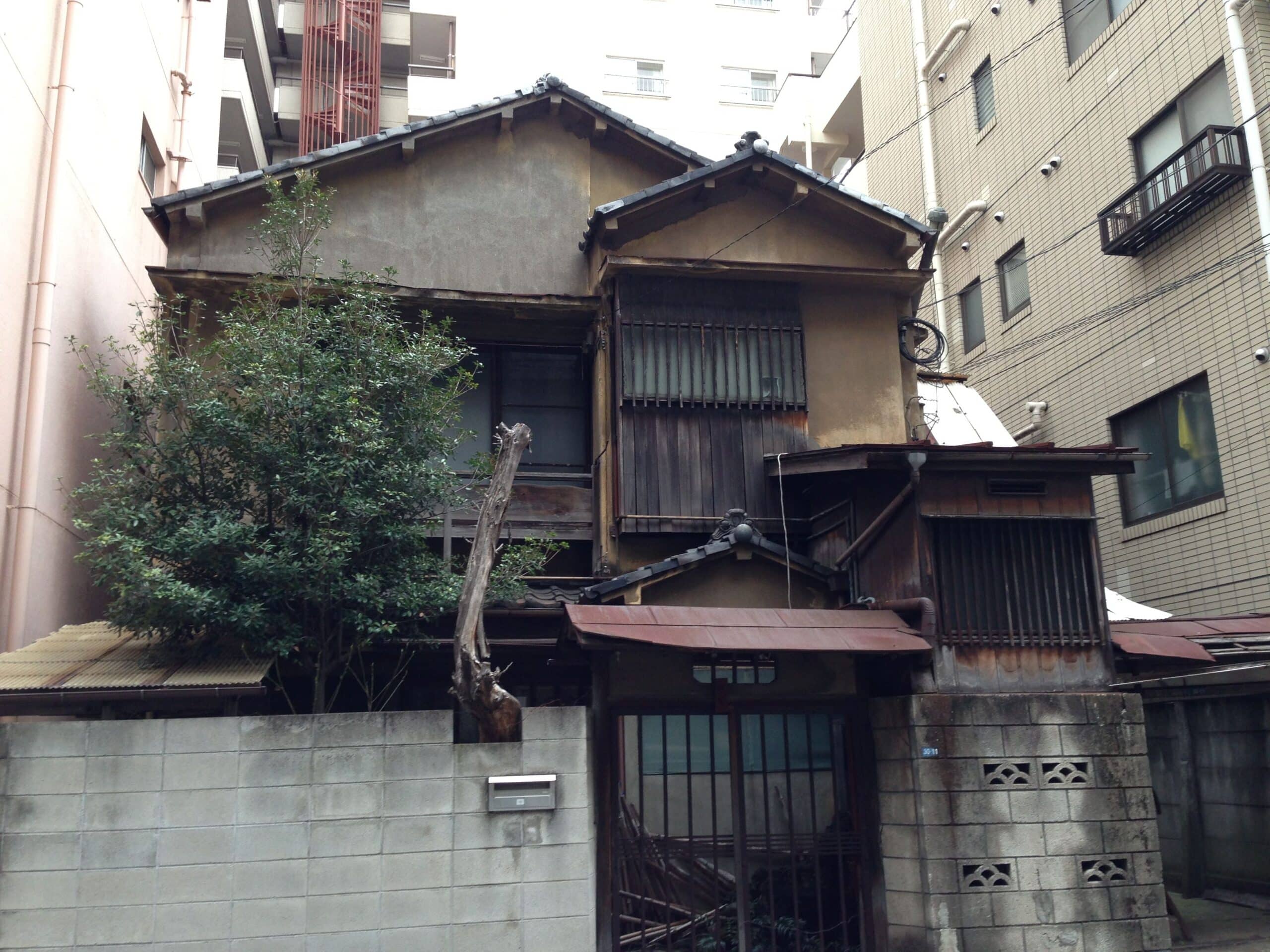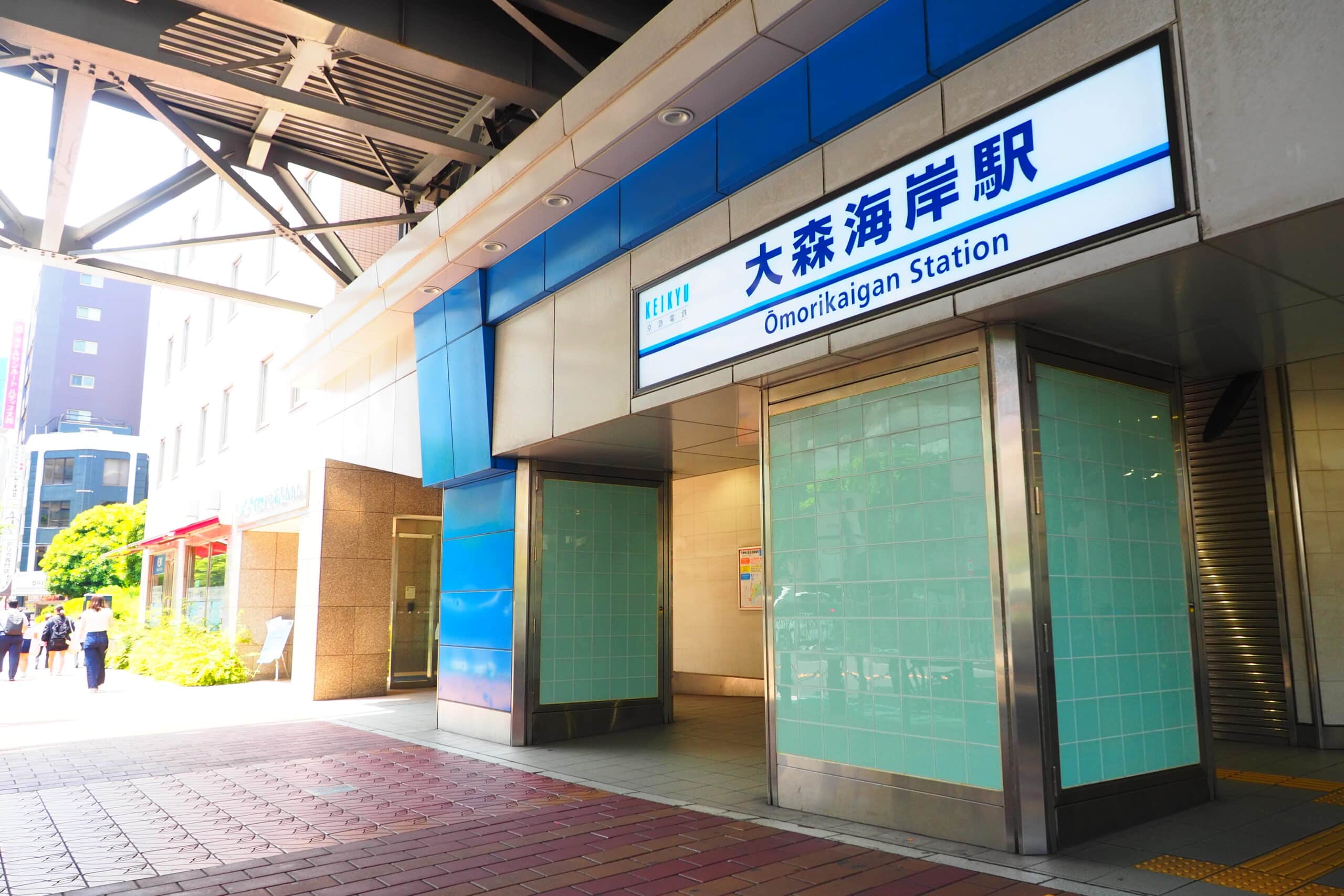Omori-Kaigan Seaside a Popular Destination for Beachgoers
If you were to ride Keihin-Kyuko Line from Tokyo or Yokohama,you would find yourself passing through a station called “Omori-Kaigan”. When you exit the station, you would be surrounded by the train tracks on one side and one of Japan’s major national highways on the other, with little hint that this used to be a bustling beachside tourist area. But the area around Omori-Kaigan station was, until the Second World War, a prosperous farming area and popular travel spot surrounded by beautiful sandy beaches.
The transition from simple countryside seaweed farming village began in the Meiji Period (1868-1912) when the beaches of Omori, then called Hachiman Kaigan, began to attract travelers due to their proximity to the city center in Tokyo.Before long, industrious businessmen saw the money to be made in this newly popular area and Japanese traditional restaurants began popping up.
Soon geisha dwellings followed to provide entertainment for the restaurant patrons. Work was plentiful and times were very good.Following the Russo-Japanese War (1904-1905) Japan experienced unprecedented economic boom. Omori Seaside became known as a seaside hanamachi (geisha district) with beautiful scenic views. In the Showa Period (1926-1989) a geisha association was established to organize one of Tokyo’s most prominent geisha districts of 56 geisha houses and 240 individual working geisha.
Route 15 which was once surrounded by traditional Japanese restaurants
At that time referred to as the “Omori-Kaigan Licensed Red Light District”, the Omori hanamachi flourished and spread to the south side of Omori Kaigan train station. With the most traditional Japanese restaurants in the whole of eastern Omori-Kaigan area, geisha houses spanned the modern day area from the northern side of Iwai Shrine to Northern Omori Park.
Together with the Omori geisha district, the nearby town of Oi also had a licensed geisha area that is said to have had, at the most prosperous period, up to 200 working geisha. Also in the Showa Period, on the east side of Heiwajima Station a licensed geisha district was created, making the area around Omori a huge center for traditional Japanese entertainment.
In summary, in modern day Shinagawa Ward the collective hanamachi area of Omori stretched from the number 2 and 3 blocks of South Oimachi neighborhood throughout the entirety of the Omorihoncho neighborhood in Ota Ward.

Nearly 400 Geisha used to exist in prosperous days
Omori’s most prosperous years were between 1935 and 1941. At that time in the Omori hanamachi alone 380 geisha were enrolled with the association.
The post World War Two economic boom and reconstruction, as well as the period around the Korean War (1950-1953) were still good times for Omori Kaigan as it returned to the liveliness of pre-war days. But before long, the reclamation of the sandy beach area into usable land for business took a toll and as tourist numbers declined, so steadily did the numbers of restaurants and geisha dwellings. Even still, nearly 200 geisha remained working in the area as Japan remained in economic upturn.
Nowadays, the area that was once a bustling hub of geisha activity has transformed into an economic quarter packed with offices and multi-story apartment buildings. These modern buildings were built on the site of the prosperous Japanese restaurants that Omori once boasted about. But some of these buildings still remain, and if you explore the area around Omori -Kaigan station, you may have a chance to catch a glimpse into the past world of Omori’s geisha district.
Many geisha used to be in Omori district. This picture was took in 1963.

The people who enjoyed a banquet with geisha.

This house was formerly a geisha dwelling

Former traditional Japanese restaurant

参考資料:『東京 花街・粋な街』(街と暮らし社)、『花街 異空間の都市史』(朝日新聞社)ほか

